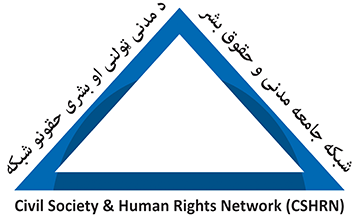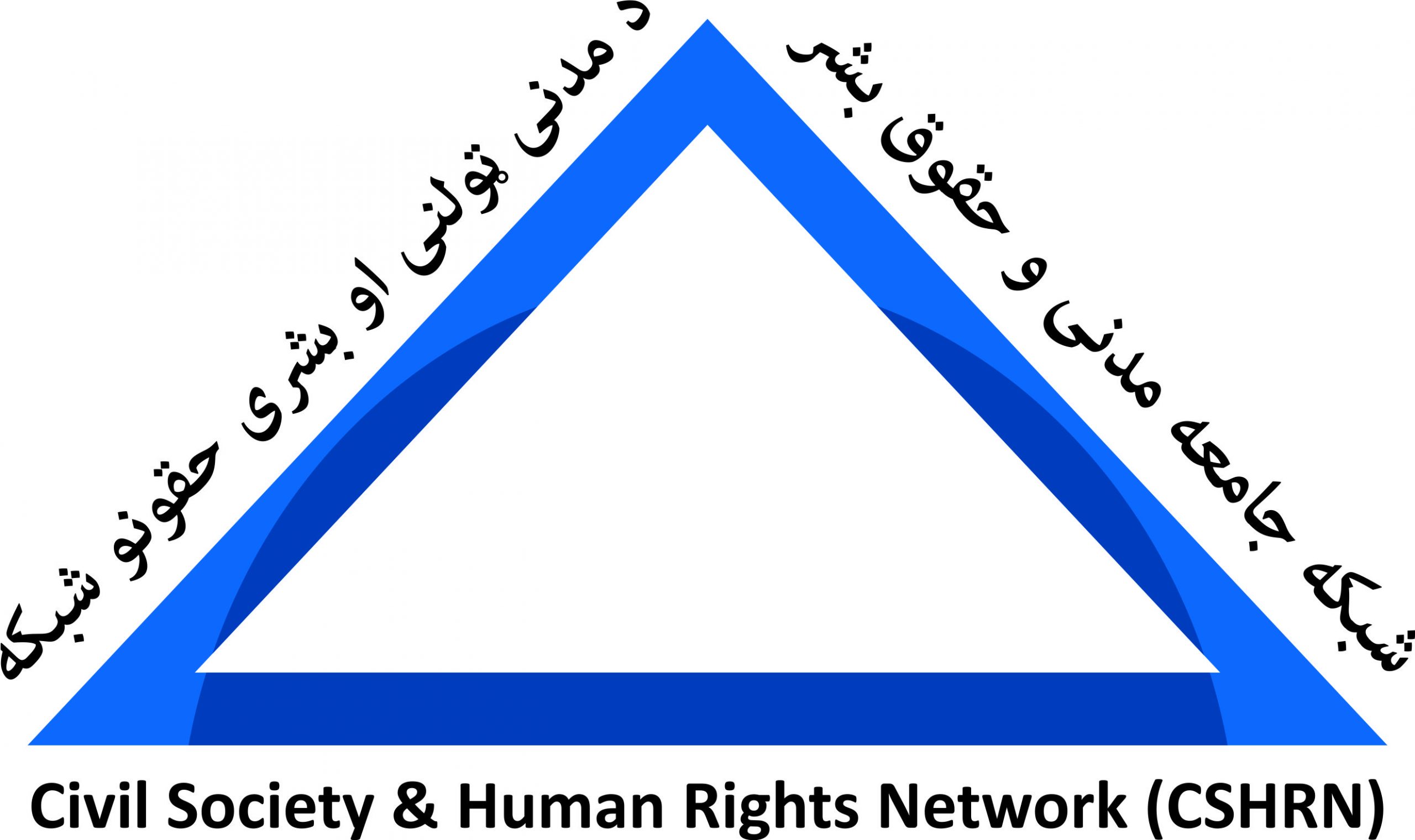
Civil Society and Human Rights Network(CSHRN)
Advocacy
To influence policy-makers to pursue and to ensure implementation of human rights standards and the rule of law in Afghanistan.
To create a human rights-based environment in accordance with international human right standards and the Afghan Constitution.
The CSHRN organizes advocacy on behalf of member organisations; through the co-ordination of the member organisations, and by involvement of relevant stakeholders. CSHRN will organize advocacy through constructive dialogues amongst parliamentarians, government, and other influential stakeholders in order to promote improvement of Afghan legislation and governance in accordance with human rights standards.
- Limited access of women to justice
- Compromising with the opposition forces of the government
- Poverty
- Lack of security
- Lack of women’s presence adequately in political association
CSHRN follows the following steps in making its effective advocacy strategy:
- Identification and analysis of advocacy issues
- Identification and analysis of stakeholders
- Formulation of measurable objective
- Developing core advocacy objectives
- Developing approaches, techniques, messages and materials
- Developing the action plan
- Implementation of the plan , its monitoring and evaluation
- Chatting and listening
- Semi-structured interviewing
- What are the main problems you come across in your area of work?
- What are some of the most common illnesses (if health worker), reasons for not going to school (teacher), etc?
- What are the main pressures that people are facing in the community?
- What simple measures could be taken to improve the situation? etc.
Focus Groups
- What are the main pressures that people in the community are facing?
- What simple measures could be taken to improve the situation?
- If you could change one thing in this community, what would it be? Why?
- How did you decide what to include? What was excluded?
- What was emphasized? Which are the most important parts?
- What was difficult to represent? What were the areas of disagreement?
- What can you say from the map about the needs of the community?
- Agreeing priority needs
- To informe people about their legal & lawful rights
- To increase civil society participation in decision making at various levels
- To provide access to free legal assistance and basic social services
- To provide opportunities for skill development
- To help communities and provide them with the necessary information that enables them in having access to better standards of living.
- To motivate people in maintaining and having access to health standards
- To eliminate the customs which are against the national & religious values and increase awareness of the provisions of Afghanistan constitution
- To coordinate activities of the civil institutions against injustice and discrimination among communities and other sectors
- To initiate wide campaigns for changing and creating fair and general policies.
- To communicate with organizations and individuals who will be effective in creating a regulated and safe environment based on justice

